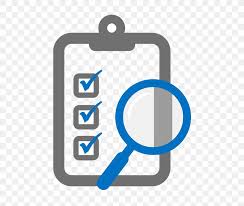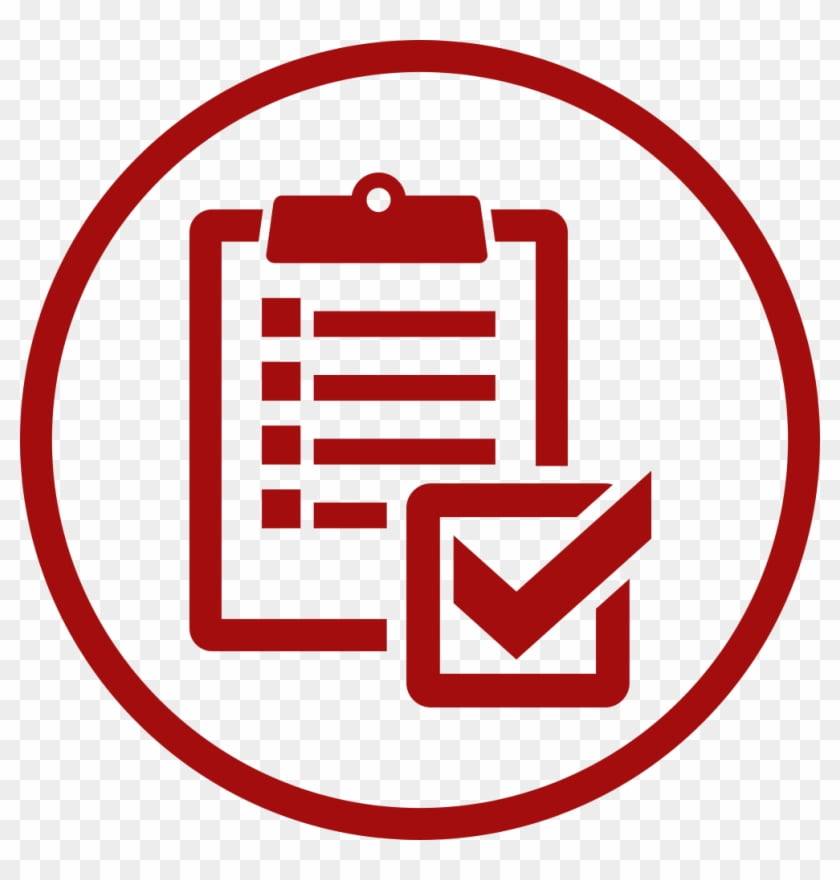Optimizing Location-Based Marketing Through Geofencing: A Strategic Framework
In the contemporary digital marketing landscape, businesses are increasingly leveraging location-based strategies to enhance customer engagement and market reach. Geofencing, a technology enabling the creation of virtual geographic boundaries, presents a powerful tool for targeted and personalized marketing communications. This framework outlines a strategic approach to geofencing implementation, emphasizing key considerations for maximizing return on investment (ROI) and mitigating potential risks.
1. Defining Target Audience and Marketing Objectives: Prior to geofencing deployment, a thorough understanding of the target audience is paramount. This involves utilizing market research methodologies, such as segmentation analysis (e.g., demographic, psychographic, behavioral), to identify ideal customer profiles (ICPs). Concurrently, establishing specific, measurable, achievable, relevant, and time-bound (SMART) marketing objectives is crucial. This ensures alignment between geofencing activities and overall business goals, whether focused on increasing brand awareness, driving foot traffic, or boosting sales conversions. The application of the SMART framework ensures that objectives are clearly defined and easily tracked, facilitating effective campaign evaluation. For example, a coffee shop might set a goal of increasing weekday morning foot traffic by 15% within a three-month period by targeting customers within a one-mile radius during peak commuting hours.
2. Geofencing Platform Selection and Technological Integration: The selection of a suitable geofencing platform requires careful consideration of various factors. Key criteria include platform scalability, ease of integration with existing marketing automation systems, data analytics capabilities, and cost-effectiveness. This stage involves a comparative analysis of available platforms, aligning their functionalities with the predetermined marketing objectives and budget constraints. For instance, a large retail chain might opt for a sophisticated, enterprise-grade platform offering advanced analytics and seamless integration with their CRM system, while a small local business may find a simpler, cost-effective solution more suitable. The Diffusion of Innovations theory can be applied here to understand the rate of adoption of new technologies within the organization and the marketing team.
3. Geofence Design and Boundary Definition: Effective geofencing hinges on the precise definition of geographic boundaries. This stage demands a strategic approach, considering factors such as proximity to competitors, points of interest, and customer density. Analyzing spatial data, including geographic information system (GIS) data and customer location history, is crucial in optimizing geofence placement for maximum impact. For example, creating geofences around competitor locations to capture customers exploring alternatives, or establishing geofences around high-traffic areas to increase brand visibility, are practical applications of this principle.
4. Content Strategy and Personalized Messaging: The creation of compelling and highly relevant content is critical for maximizing engagement within geofenced areas. This requires crafting personalized messages tailored to the specific needs and preferences of the target audience, leveraging data-driven insights gathered from previous marketing campaigns and customer interaction history. Applying principles of behavioral economics, such as framing effects and loss aversion, can encourage specific actions within the geofenced areas. For example, offering a limited-time discount or exclusive promotion targeted to customers near a retail location during peak shopping hours.
5. Campaign Timing and Optimization: The timing of geofencing messages significantly impacts campaign effectiveness. Understanding consumer behavior and optimizing delivery timing to coincide with peak activity periods or relevant events is essential. This involves using A/B testing methodologies to experiment with different message delivery times and evaluate their impact on key performance indicators (KPIs), such as click-through rates and conversion rates. For example, a restaurant might send targeted promotions during lunch and dinner hours, while a movie theater could leverage geofencing to notify customers of upcoming showtimes when they are near the venue.
6. Data Analytics, Monitoring, and Campaign Refinement: Continuous monitoring of campaign performance and data analysis are crucial for iterative improvement. Tracking key KPIs, such as reach, engagement, and conversion rates, using appropriate analytics dashboards, informs adjustments to the geofencing strategy. This involves using data-driven insights to refine targeting parameters, optimize messaging, and improve overall campaign effectiveness. The application of the Plan-Do-Check-Act (PDCA) cycle facilitates continuous improvement and optimization of the geofencing strategy.
7. Privacy and Compliance Considerations: Adherence to privacy regulations and ethical data handling practices is paramount. This includes obtaining explicit user consent for location data collection and ensuring transparency regarding data usage policies. Compliance with relevant data privacy regulations, such as GDPR and CCPA, is crucial to maintaining user trust and mitigating potential legal risks. For example, providing clear and concise information about data collection and usage practices in the app's privacy policy and obtaining explicit user consent before collecting location data. Building a strong privacy policy and transparency approach demonstrates ethical best practices and aligns with relevant regulatory frameworks.
8. Integrating Geofencing with other Marketing Channels: To maximize impact, geofencing should be integrated with other marketing channels, such as social media and email marketing. This involves employing a multi-channel approach to reach a wider audience and deliver consistent messaging across various touchpoints. For example, using social media ads to promote geofenced offers and sending email reminders to customers who have previously interacted with geofenced promotions. Synergistic effects across channels are anticipated to enhance engagement.
9. Leveraging Beacon Technology for Enhanced Engagement: Integrating beacon technology with geofencing can further enhance the customer experience. Beacons enable precise location tracking within geofenced areas, facilitating targeted messaging and personalized interactions. This advanced approach enables sophisticated contextual marketing techniques. For example, a museum could use beacons to provide visitors with information about specific exhibits they are currently viewing, resulting in an enriched customer experience.
10. Developing a Customer Loyalty Program: Geofencing can play a significant role in developing customer loyalty programs by rewarding repeat visits and engagement with location-based promotions. This approach strengthens customer relationships and fosters brand loyalty. A retail chain could implement a loyalty program that rewards customers with exclusive discounts and offers when they visit a store within a geofenced area.
11. Continuous Innovation and Adaptation: The field of location-based marketing is constantly evolving. Staying abreast of technological advancements and industry best practices is crucial for maintaining a competitive edge. Continuous learning and adaptation are essential to leverage new capabilities and optimize campaign strategies. This will allow businesses to capitalize on emerging technologies and marketing strategies. For example, exploring new geofencing technologies such as Wi-Fi and Bluetooth geofencing that allow better accuracy and targeting.
12. A/B Testing and Iterative Improvement: A/B testing is critical to refining geofencing strategies. By systematically experimenting with different messaging, geofence configurations, and campaign parameters, businesses can identify the most effective approaches to maximize ROI. This rigorous methodology is crucial for making informed decisions and enhancing campaign performance.
13. Measuring ROI and Demonstrating Business Value: Quantifying the return on investment of geofencing campaigns is crucial to demonstrate their business value. This involves meticulously tracking key metrics, analyzing performance data, and providing clear reports demonstrating the impact of geofencing on business objectives. The ability to show clear business value is essential to secure continued investment and support for geofencing activities.
14. Building a Robust Data Infrastructure: Effective geofencing relies on robust data management and analysis capabilities. This necessitates investing in a data infrastructure that can effectively collect, process, and analyze location data to support decision-making. A strong data infrastructure is essential to gain valuable insights and optimize marketing strategies.
15. Ensuring Data Security and Compliance: Protecting customer data is crucial for building trust and complying with regulations. This necessitates implementing robust security measures and adhering to data privacy regulations to ensure customer information remains secure. Protecting customer data is fundamental to ethical marketing practices and regulatory compliance.
Conclusions and Recommendations
Effective geofencing requires a multi-faceted approach that integrates technological capabilities with strategic marketing planning. Success hinges on the alignment of objectives, precise audience targeting, creative content development, rigorous data analytics, and continuous optimization. The integration of geofencing with other marketing channels, coupled with a commitment to privacy and ethical data handling, maximizes campaign impact. Future research should focus on advanced analytics techniques for predicting customer behavior within geofenced areas and on exploring the integration of artificial intelligence (AI) for personalized and adaptive geofencing campaigns. The growing importance of privacy regulations necessitates ongoing research into privacy-preserving techniques in location-based marketing. Adopting a comprehensive, data-driven approach will facilitate the maximization of geofencing's potential in driving significant business growth.
Reader Pool: Considering the ethical implications and privacy concerns surrounding location data usage, what strategies do you believe businesses should prioritize to ensure responsible and transparent implementation of geofencing technologies?




